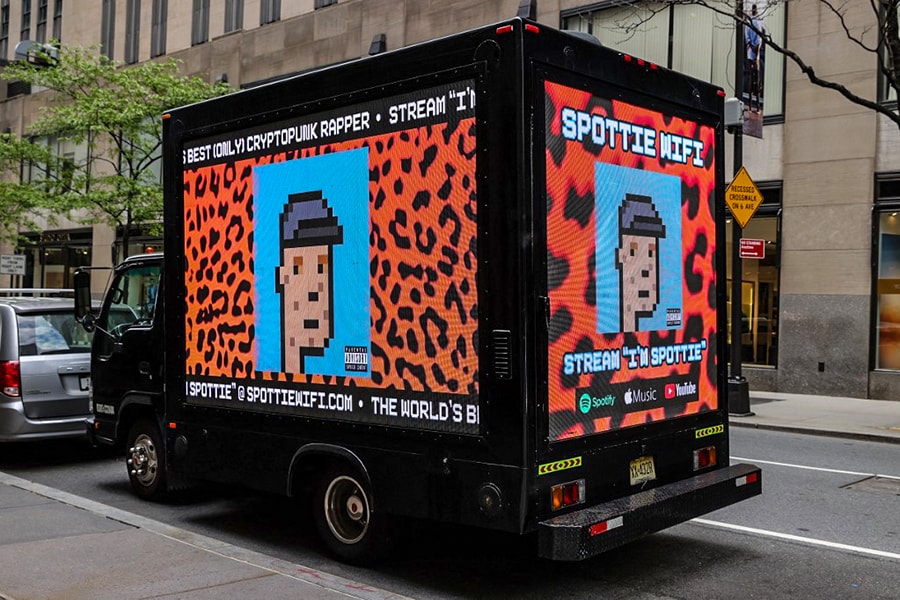
NFTs' galloping stride is proving skeptics wrong
Skeptics claimed that NFTs were just a speculative bubble on the verge of implosion, but the latest edition of the annual Hiscox Online Art Trade report suggests otherwise
 A truck parked outside of Christie's auction house displays a CryptoPunk digital art non-fungible token (NFT) on electronic billboards in New York City.
A truck parked outside of Christie's auction house displays a CryptoPunk digital art non-fungible token (NFT) on electronic billboards in New York City.
Image: Dia Dipasupil / Getty Images North America / Getty Images via AFP
The NFT market has been booming in recent months, especially in the art world. In fact, NFT art sales have reached nearly $3.5 billion so far this year, according to the new Hiscox Online Art Trade report. Indeed, some experts see the rise of this new technology as the future of art.
Skeptics claimed that NFTs were just a speculative bubble on the verge of implosion, but the latest edition of the annual Hiscox Online Art Trade report suggests otherwise. NFT art sales have reached nearly $3.5 billion in the first three quarters of this year. They accelerated particularly in August, reaching the unprecedented sum of $1.7 million.
The problem is that the market for these digital objects with certified ownership is extremely volatile, and it then collapsed by 69% in September. But this is no cause for concern for the most optimistic observers. NFT transactions previously slowed in April after a Beeple collage sold for $69.3 million at Christie's—a sum that propelled him to third place among the most expensive living artists, after Jeff Koons and David Hockney.







